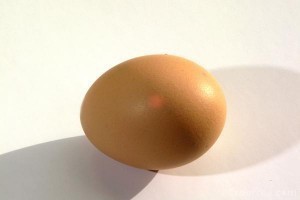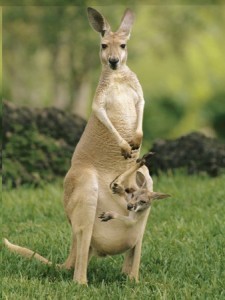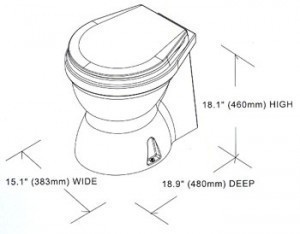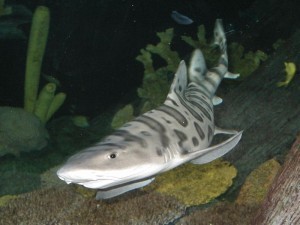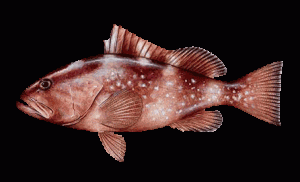Cuttlefish Sizes
The Cuttlefish is another one of those sea creatures that have the word “fish” in their name, 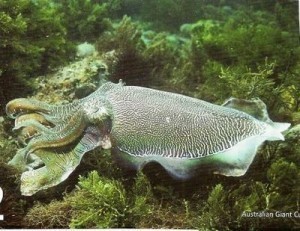 even though they really aren’t. To be precise, it is actually a mollusk of the Cephalopod class, relative to the octopus and the squid.
even though they really aren’t. To be precise, it is actually a mollusk of the Cephalopod class, relative to the octopus and the squid.
Cuttlefish sizes typically range from 15 to 25 centimeters (5.9-9.8 inches), though the Australian Giant Cuttlefish (Sepia apama) of the Sepiidae family is the largest species in the world at a mantle length (ML) of 50 cm (20 in) and weighing more than 10.5 kilograms (23 pounds). The second largest is the Broadclub Cuttlefish, at a ML of 50 cm and a weight of 10 kg. They both belong to the subgenus Sepia, as does the Stumpy-spined Cuttlefish (Sepia bandensis), which can achieve 7 cm ML and whose females weigh heavier at 45 grams than the males do at 40 g.
From the Sepiidae family genus Metasepia is the rather queerly-named Pfeffer’s Flamboyant Cuttlefish (Metasepia pfefferi), a tropical species commonly found off the coasts of southern New Guinea, northern Australia, and among the islands of Indonesia, Malaysia and the Philippines. It is generally given to have a mantle length of 8 cm (3.1 in), but some accounts ascribe its maximum ML as 6 cm (2.4 in).
Sepia bartletti of the genus Sepia is indigenous to the western portion of the Pacific Ocean, and grows to 74 mm ML. The cuttlefish species Sepia baxteri belongs to the same genus and shares the same size, but it hails from the southwestern part of the Pacific. Also from the same area is Sepia mira, which can reach 55 mm in mantle length.
Endemic to the South China Sea, Sepia filibrachia has an average adult male size of 62 mm, while females are typically larger at 70 mm. Similar sexual dimorphism is evidenced in the Australian coast’s Sepia plana, whose males grow to a mantle length of 99 mm and their females grow to 151 mm. This occurs again in the southeastern Indian Ocean species Sepia senta, with 62 mm ML for males and 83 mm for females. Sepia subplana of the southwestern Pacific have larger males of no less than 60 mm and females with a minimum ML of 55 mm.
Belonging to the Sepia subgenus Acanthosepion, Sepia stellifera of the Indian Ocean again has larger females with a mantle length of 150 mm, while males are 140 mm. Another Indian Ocean cuttlefish species, Sepia thurstoni matures to 110 mm ML. Still native to the same waters, the Zanzibar Cuttlefish or Sepia zanzibarica has an average ML of 250 mm.
From the subgenus Doratosepion, Sepia appellofi matures to 90 mm in mantle length. It is endemic to the northwestern Pacific, as is Sepia aureomaculata, which can reach 160 mm ML. From southwest of the Pacific is Sepia bidhaia, whose 57 mm females outsize the 37 mm males. Sepia carinata is located west of the Pacific, particularly the South China Sea and southern Japan’s Sagami Bay, and grows to 60 mm ML. Sepia confusa is an apt name for this species from the southwestern Indian Ocean, as it was once wrongly reported as being from the Arabian Sea. It has a 150 mm mantle length.
The preceding data represents only a fraction of the entire cuttlefish taxonomy. As of now, there are more than 120 recognized cuttlefish species all in all, classified into 5 distinct families. But as large as the size of their population may be, they have an incredibly short life span, lasting approximately only 1 to 2 years.
